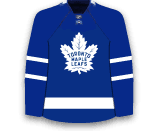Lessio, 26, had no points in three games with the Coyotes in his first recall of the season. While with Portland he has totalled nine goals and seven assists (16 points) in 26 games.

Lessio, 26, had no points in three games with the Coyotes in his first recall of the season. While with Portland he has totalled nine goals and seven assists (16 points) in 26 games.

Ellerby, 26, has been limited to 18 games in St. John’s due to injury. In those 18 contests he has totalled six assists and a minus-5 rating. He had six points (2G / 4A) in 51 games with the Jets last season.

Methot did not record a point and was a minus-2 in his only game with Binghamton over the weekend. Methot has played just two games this season, but clearly the Senators believe he is over his back issue and should return to the lineup this week.
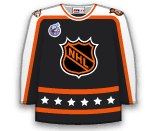
Wideman was recalled to serve as the Senators seventh defenseman on the weekend, with Marc Methot expected to be recalled early this week, Wideman heads back to the AHL where he leads Binghamton in points with 29 (12G / 17A)
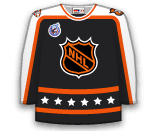
White, 26, has not recorded a point in three games with Lehigh Valley this season. He had six points (2G / 4A) in 52 games with the Canadiens last season. His recall is likely related to Scott Laughton’s injury, the Flyers were forced to dress seven defensemen on Saturday. White could make his Flyers debut on Tuesday.
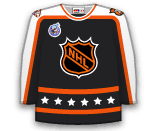
Varone, 24, has scored eight goals with 21 assists (29 points) in 35 games with Rochester this season. He could make his season debut on Tuesday in New Jersey; he has two points (1G / 1A) in nine career NHL games.

Schaller, 24, has scored one goal in four games with the Sabres this season. While in Rochester he has recorded 10 goals and 13 assists (23 points) in 34 games.

Larsson registered one goal and one assist in his first two games, but was held off of the scoreboard in the next six games of his recall. The 22-year-old forward heads back to Rochester, where he has 23 points (8G / 15A) in 26 games.
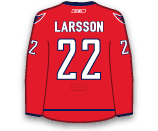
Draisaitl, 19, opened the season as the Oilers’ second line centre. The experiment did not really go as planned. He registered nine points (2G / 7A) in 37 games and now heads back to the Prince Albert Raiders of the WHL. It is best for Draisaitl’s development, especially in a tough year for Edmonton.
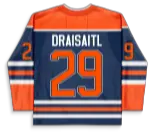
Fraser is expected to make his Devils season debut tonight because Eric Gelinas is out with an illness and Peter Harrold is out with a face injury. Fraser has three points (1G / 2A) and 45 PIMS in 18 games with Albany this season. It will be his first game with the Devils since the 2010-11 season. He has 98 career NHL games with New Jersey.

Sestito, 27, appeared in three games with the Canucks this season registering one assist and has played three games with Utica. His return to the AHL made room for Zack Kassian to return to the lineup tonight.

Teravainen, 20, has six goals and 17 assists in 33 games with the IceHogs this season. After a slow start as he adapted to the North American style of play (particularly the dump-and-chase style of the AHL), he had three goals and seven assists in his last 10 games.
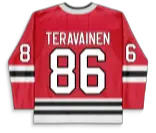
Stalberg returns to Nashville where he has appeared in five NHL contests in 2014-15. In six games with Milwaukee, he has amassed six points (2G / 4A), including a three-point effort (1G / 2A) last time out on Tuesday vs. Lake Erie.

Salomaki, 21, was a second round pick (52nd overall) of the Predators in the 2011 NHL Draft. He has 16 points (5G / 11A) and 26 penalty minutes in 29 games for the Admirals this season, in addition to ranking among the AHL’s Top 10 forwards in plus/minus rating (+13).
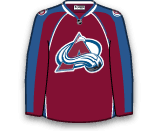
Megna was a healthy scratch on Friday and with the addition of David Perron yesterday, there was no way Megna was getting into the lineup over Perron on Saturday. He heads back to WBS where he has 14 points (9G / 5A) in 22 games.

Wideman, 24, leads the Binghamton Senators in points with 29 (12G / 17A) despite playing on the blue line. He has been recalled to be the Senators seventh defenseman this afternoon in Boston. Given the great season that he is having in the AHL, the Senators could elect to have him make his NHL debut today.

Lindblad, 24, played just 7:27 in his only game during his recall. He’ll join Providence where he sits with 13 points (7G / 6A) in 30 games this season.

Trotman, 24, had four assists in the 17 games that he spent with the Bruins. The young blue liner will head back to Providence where he registered three assists in nine games before being called-up.

Methot has only played in two games for the Senators this season because of a lingering back injury. He is expected to play for Binghamton on Saturday before returning to the Senators next week.

Gaudet played in the first two games of his NHL career during his recall. He heads back to Portland where he has eight points (4G / 4A) in 29 games.
